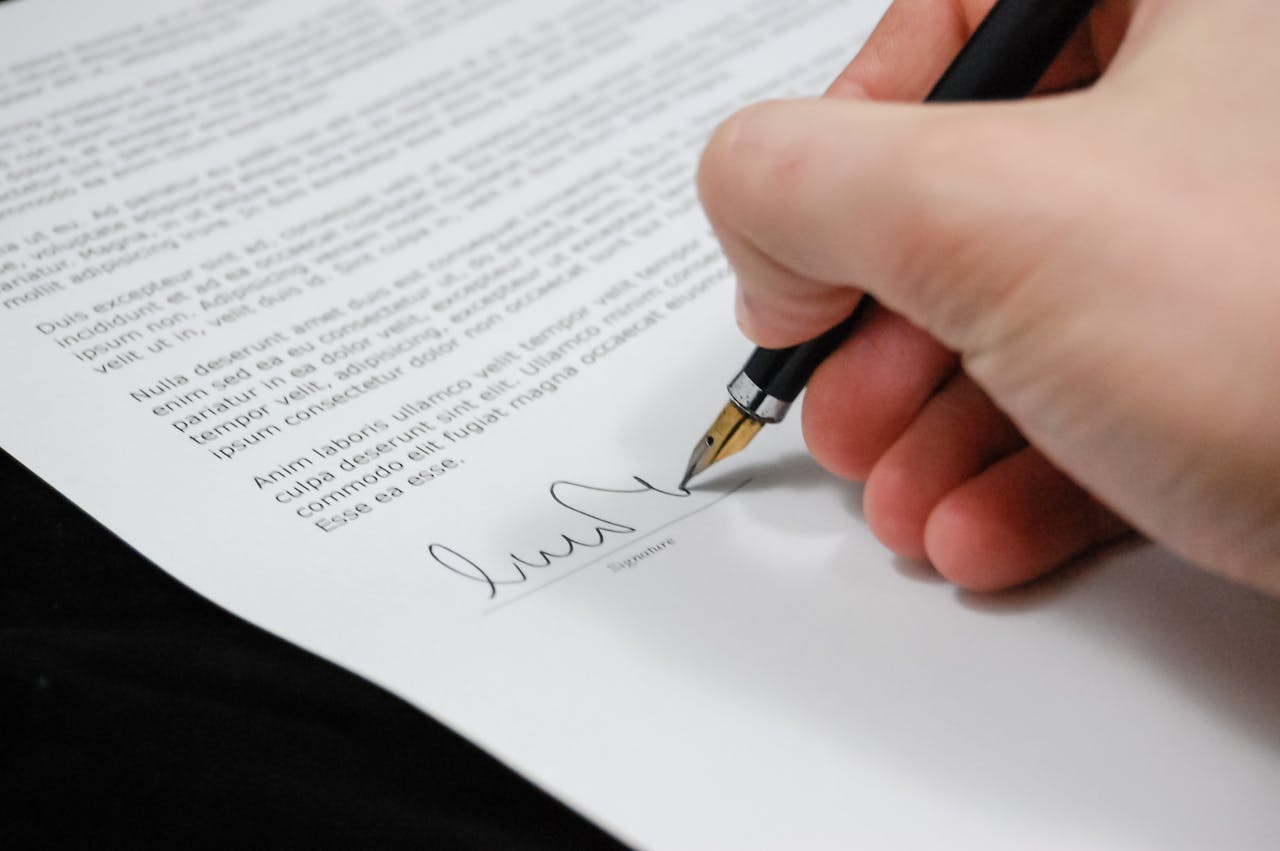1-800-540-9051
Info@HomesteadSupplier.com
Mon-Fri 7am-3pm Pacific Time
1-800-540-9051
Info@HomesteadSupplier.com
Mon-Fri 7am-3pm Pacific Time

In the world of backyard enhancements, running electricity to a shed is a common upgrade that can significantly boost functionality and value. However, the question of "Do I need a permit to run electricity to my shed" often arises, leaving many in a state of uncertainty.
The short answer is yes, in most cases, a permit is necessary to ensure safety and compliance with local building codes.
In this article, we'll delve into the intricacies of when a permit is required, the process of obtaining one, and the best practices for electrifying your shed.
What this article covers:More often than not, the answer is yes. Securing a permit before you start wiring your shed is a fundamental step that guarantees your project aligns with safety, efficiency, and regulatory standards.
Our extensive experience in the field has taught us that this step cannot be overlooked if you aim for a seamless and safe integration of your shed into your property's electrical ecosystem.
Permits are almost always a prerequisite for substantial electrical undertakings. This includes the task of extending power lines to your outdoor haven.
These regulations are in place to ensure that every aspect of your electrical installation adheres to the stringent safety and code requirements set forth by local authorities. Whether it's the type of wiring, the depth of its burial, or the insulation used, each detail is scrutinized to safeguard against potential hazards.
Now, you might wonder if there's ever a time when you can sidestep this bureaucratic step. The answer is nuanced. For minor tweaks or repairs that don't fundamentally change the shed's structure or its electrical backbone, you might find yourself in the clear.
Think along the lines of replacing a light fixture or repairing an existing outlet—tasks that don't escalate the electrical load or alter the original installation in a significant way.
But tread lightly here; these instances are few and far between and often subject to interpretation by local code enforcers. It's always better to err on the side of caution and consult with your local building department to avoid any unwelcome surprises down the line.
Securing a permit involves a few steps:
Embarking on a DIY project to electrify your shed might seem like an exciting challenge, especially for those who relish the satisfaction of hands-on work. However, electricity is a different beast altogether, demanding respect and a cautious approach.

Our investigations into local regulations reveal a common thread: the need for a licensed electrician's expertise or, at the very least, their watchful eye over the project. This isn't just about following the rules; it's about ensuring the safety and functionality of your electrical setup.
Electricity, with all its benefits, carries inherent risks, and even a small oversight can lead to significant consequences. So, while the DIY spirit is commendable, this might be one area where professional guidance is not just recommended but required.
In most cases, yes. A licensed electrician brings more to the table than just compliance with local codes.
These professionals are well-versed in the intricacies of electrical systems, ensuring every connection, every wire, and every switch is not only up to code but optimized for safety and efficiency.
Moreover, their familiarity with the permit process can streamline what might otherwise be a daunting task, smoothing the path toward the electrification of your shed. Hiring an electrician also ensures that you avoid any hiccups that might damage your pristine cedar shed kit or EZ shed,
Bringing power to your shed is like giving it a new lease on life, transforming it from a simple storage area to a fully functional space. It's also incredibly useful for shed temperature management and cooling a shed.
This journey starts with running a cable from your main house to the shed, a process that, while straightforward, requires careful planning and execution.

Each step, from choosing the right wire to burying it safely, plays a crucial role in ensuring your shed's electrical system is both safe and reliable. For a more detailed rundown, be sure to check out our guide on how to run electricity to a shed.
For now, here are some useful tips for getting your shed's electrification done right:
For underground installations, you'll need a wire that's tough enough to withstand the elements without flinching. That's where UF (Underground Feeder) cable comes into play.
Designed specifically for direct burial, UF cable is built to resist moisture, soil acidity, and other underground challenges. The gauge, or thickness, of the wire you'll need depends on how much power you'll be using in the shed and how far it is from your house.
Determining the right cable size means understanding the load your shed will carry. Will it be light usage, like a few bulbs and charging a drill battery, or more intensive, like running a workshop full of power tools?
The distance between your house and shed also comes into play. Think of it as a long road trip for electricity; the further it has to travel, the more it needs a robust vehicle (or in this case, a thicker cable) to get there without losing steam.
Amps are a way to measure power when it comes to electricity. Standard circuits in your home are typically 15-20 amps, enough for light fixtures and general-use outlets.
But if your shed will be a powerhouse of activity with heavy-duty tools, air compressors, or heaters, you'll need to beef up the amperage.

While stringing a wire above ground might seem like a quick and easy solution, it's akin to leaving your garden hose stretched across the yard. It's not just unsightly; it's a tripping hazard and, more importantly, a safety risk.
Local codes usually frown upon above-ground wiring for these reasons, advocating instead for buried conduit. This not only protects the wire from damage but also keeps your backyard safe for pets, kids, and weekend barbecues.
Absolutely. After installation, your electrical work will likely need to be inspected by a local official to ensure it meets all safety standards and code requirements.
This crucial step ensures that every part of your electrical installation is up to snuff, adhering to safety standards and local codes. It's the final checkpoint in your electrification journey, offering peace of mind that your shed is ready to light up safely and efficiently.
Electrifying your shed is a fantastic way to enhance its utility and value. However, navigating the permit process and ensuring safe installation is paramount.
From our years of experience, we recommend consulting with professionals and adhering to local codes to make your electrified shed both a practical and safe addition to your homestead.
To kickstart your electrification project with a sturdy foundation, check out Homestead Supplier's diverse collection of shed kits, designed to meet all your backyard needs.
If you want to learn more, why not check out these articles below:
Compare products
{"one"=>"Select 2 or 3 items to compare", "other"=>"{{ count }} of 3 items selected"}
Leave a comment